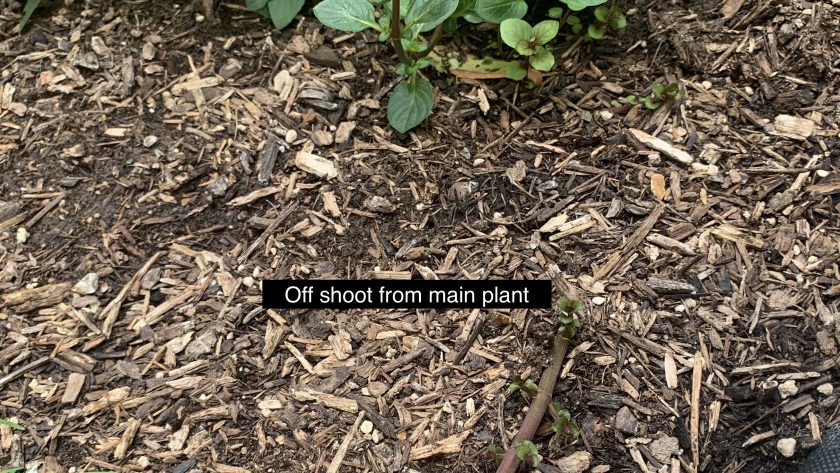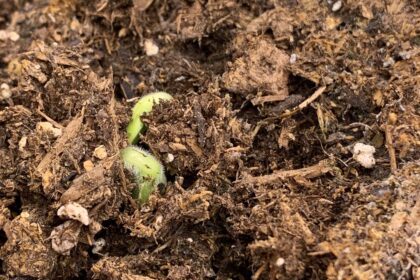Invasive peppermint plants(Mentha x piperita) have a tendency to spread and can become invasive if not properly managed.
Here are some key points that can help to fix invasive peppermint plants:
- Aggressive growth: Peppermint plants have vigorous growth habits and tend to spread rapidly through their underground rhizomes, which are horizontal stems that produce new shoots and roots. If left unchecked, these rhizomes can quickly colonize a garden bed or area.
- Spreading tendencies: Peppermint plants have a natural tendency to apply and can overtake other nearby plants if not contained. They can spread both horizontally and vertically, creating a dense mat of foliage.
- Adaptability: Peppermint plants are adaptable and can thrive in various soil conditions and light levels. They are known to tolerate different climates and can be resilient in their growth.
To prevent the invasive spread of peppermint plants, it’s recommended to take the following measures:
- Containment: Planting peppermint in containers or pots can help restrict their spread and prevent them from taking over your garden. This will prevent the rhizomes from spreading underground and invading other areas.
- Root barriers: If planting peppermint in the ground, consider using plastic or metal root barriers to limit the rhizomes’ spread. These barriers can be installed around the planting area to create a physical barrier and prevent underground growth.
- Regular maintenance: Regularly monitor the growth of peppermint plants and promptly remove any new shoots that appear outside of the desired growing area. Regular pruning and thinning can help control their growth and prevent them from becoming invasive.
By implementing these preventive measures and actively managing the growth of peppermint plants, you can enjoy their aromatic qualities and culinary uses without the risk of invasiveness.










